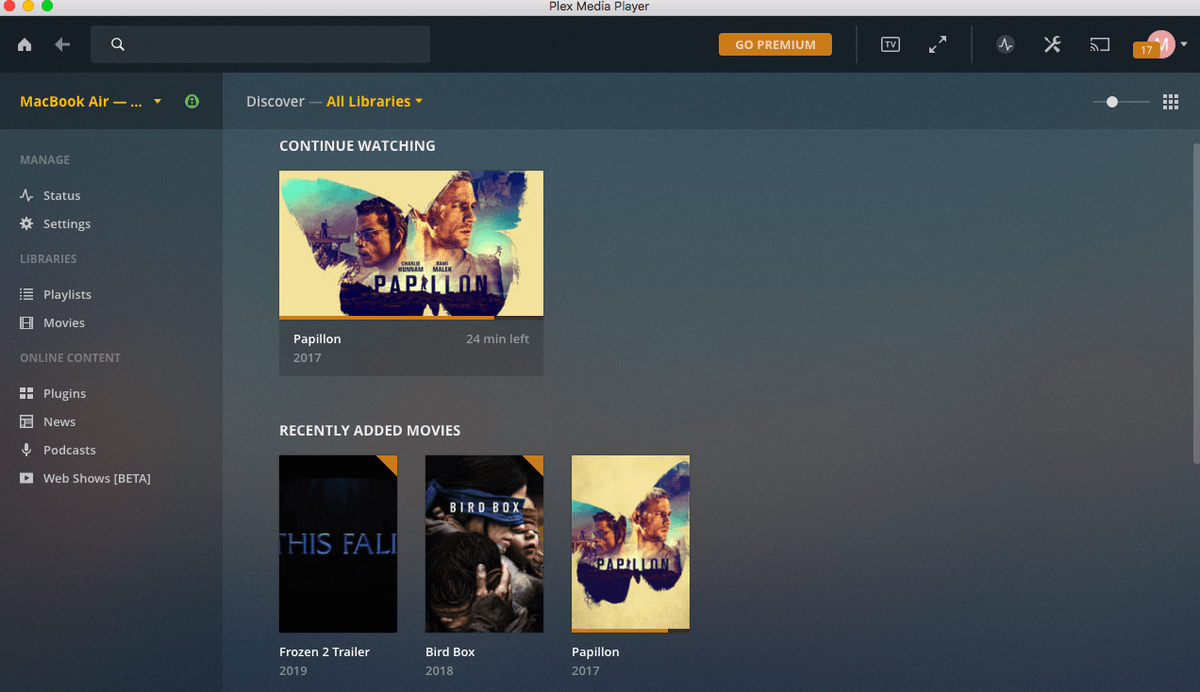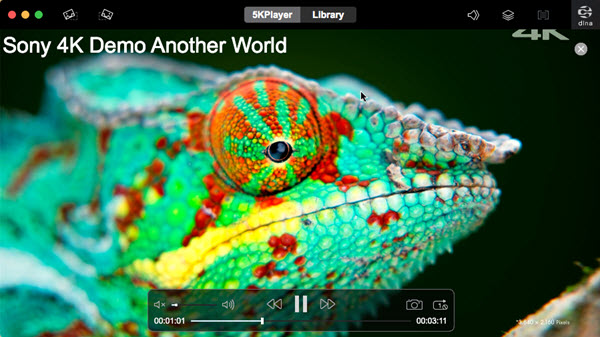

You now have a movie container with two tracks: an MPEG muxed track and a "sound track". wav file, and choose "replace" off the Edit menu. Select all of it, switch to the exported. wav file containing a half second of silence. Hit the right arrow twice, which should move the marker to 15 frames from the beginning. Click on the selection end marker (that's the small triangle BELOW the progess bar, with the point facing to the right) and make sure that it is open rather than solid. Double-clicking the file may open it in iTunes, which you don't want, so be careful. Export the sound from the file in WAV format using ffmpeg.wav format.In general terms, here's what you do: Since the first frame can't be deleted, any audio shows up in the first frame as well and might make an unpleasant noise. These are very short movies that you use to cover up the first frame.

They are used to cover the analog noise at the top of the frame. These are PICT files, sized to standard frame sizes, with black at the parts you want to cover and white at the parts you don't. Although there are several versions around that will do the job I'm fondest of the version buried in the ffmpegX.app package that can be downloaded from here.


The following procedure helps with that problem too, and yields acceptably shiny, edited movie files for further processing. Also, it appears that the first frame of the movie must be preserved for some reason, and this generally means that whatever sound is in that first frame is also preserved. Many of the menu functions are disabled in the Edit menu.
#MPEG PLAYER FOR MAC OS X PRO#
It is a quirk, or heck, I don't know, maybe a feature, of QuickTime Player Pro that even when an MPEG track is contained as one track in a movie, it can't be edited readily. When the alternative is exporting to DV, letterboxing in iMovie, and rexporting back to MPEG1 or MPEG2 for VCD or DVD, being able to make simple edits in QTPro is a real time saver.
#MPEG PLAYER FOR MAC OS X TV#
Also, the procedure I outline below takes advantage of another QuickTime Player Pro feature, the ability to mask various layers of the picture to get rid of the annoying analog noise that sometimes shows up at the top of the frame in TV captures. I've tested it on several sorts of MPEG files, of both MPEG1 and MPEG2 standard, and haven't had any trouble. It's always possible to export to a lossless codec like Pixlet, but this procedure saves a great deal of time, disk space, and it works well for me. There is a GOP (Group-of-pictures) editor called GopChop that runs under X11, but I haven't managed to invest the time to get it going yet, although the developer's mailing list for it has been more than helpful. There isn't a good MPEG editor available for the Mac yet, but with a little trickery you can get QuickTime Player Pro to perform this work for you. I just want to clip out the adverts and make a VideoCD or one of the related formats such as SVCD or CVD. In general, when I want to edit one, I'm not so much interested in doing anything especially fancy. MPEG files are generated by EyeTV, ReplayTV, TiVo, and other TV capture devices. This is a fairly difficult process in general but I have discovered a way to do it in QuickTime Player Pro. It often arises that I have to edit MPEG files.


 0 kommentar(er)
0 kommentar(er)
